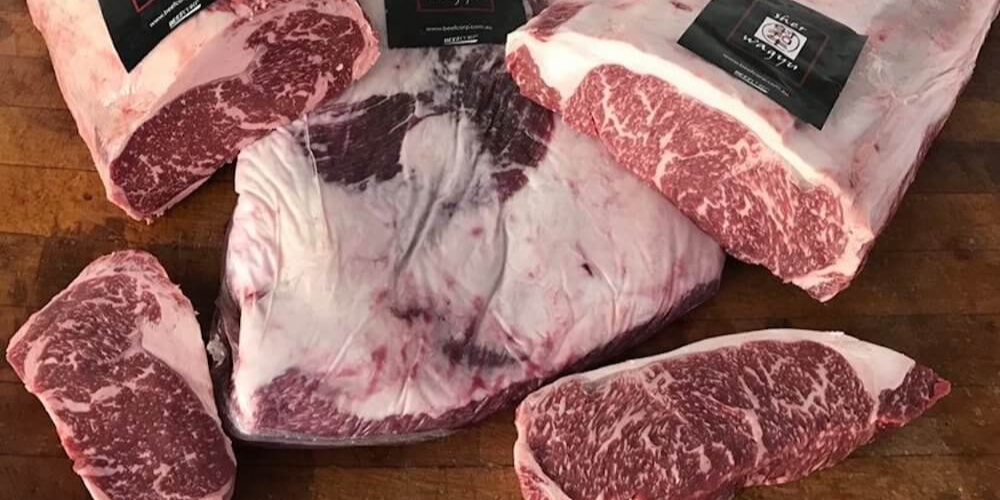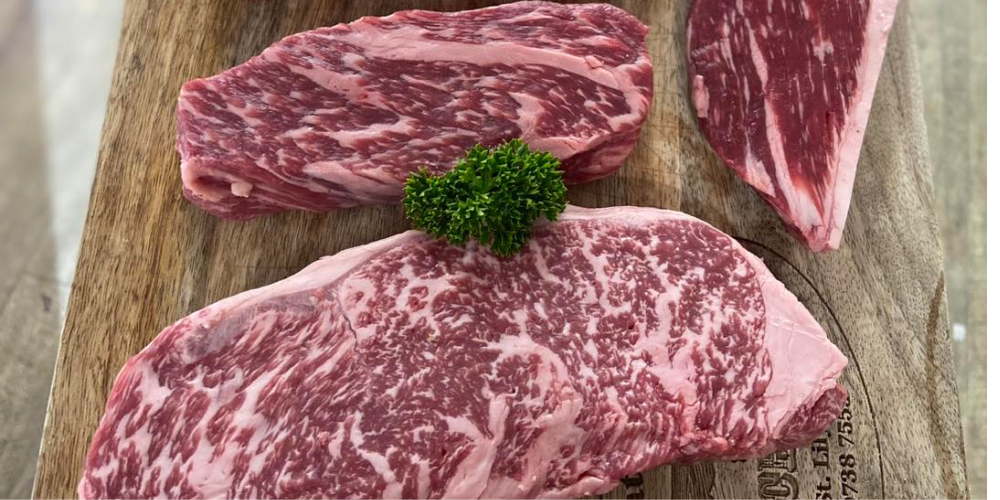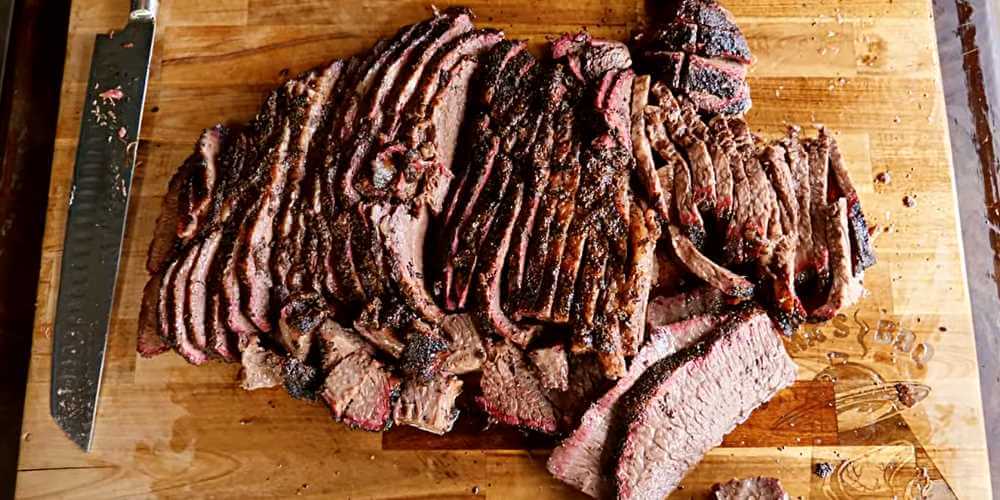What You Should Know About Australian Wagyu

Are you ready to take your taste buds to the next level without having to leave the country? Whoever said that you need to travel to Japan to experience the luxurious taste of Wagyu beef? You can still taste one of the world’s most expensive beef in Australia because there’s such a thing as Australian Wagyu! If it’s your first time knowing about Australian Wagyu, you’re in for a treat.
What is Australian Wagyu?
Australian Wagyu is a type of wagyu that has been developed and created for the Australian market. What does this mean? This means that Australian Wagyu cattle have their origins and are genetically linked with Japanese Wagyu cattle, and are born, raised, and bred in Australia. However, most Australian Wagyu cattle are not considered purebred like their Japanese counterpart. The first full-bred Japanese Wagyu cattle were acquired in the late 1990s. Most Australian Wagyu are crossbred with indigenous Australian cattle to produce what we know today as ‘Australian Wagyu.’ You can easily purchase Australian Wagyu in different cuts like wagyu brisket, ribeyes, striploin, and more.
Is there a difference between Australian and Japanese Wagyu?
Although Australian Wagyu cattle have their origins in purebred Japanese Wagyu cows, they still have distinct differences. First of all, Australian Wagyu is not 100% Japanese Wagyu. They are products of crossbreeding local cattle varieties and Japanese Wagyu cows. Secondly, they don’t have the same amount of marbling. Because of how Japanese Wagyu are raised and bred, Japanese Wagyu tends to have more marbling and intramuscular fat than its Australian counterpart. Thirdly, the grading systems of Australian Wagyu and Japanese Wagyu are different. Australian Wagyu grading goes by numbers 0-9, while Japanese Wagyu grading goes by numbers 1-5. Lastly, both Wagyu varieties differ in their price points. Japanese Wagyu tips higher on the pricing scale compared to Australian Wagyu.
How do the raising conditions differ between Australian Wagyu and Japanese Wagyu?
The uniqueness of Australian Wagyu beef from its Japanese counterpart can be attributed to various factors such as the soil, climate, grasses, and rainfall in Australia. Australian Crossbred Wagyu typically undergo a feeding process lasting between 350 to 450 days, while Japanese Wagyu cattle are fed for a longer period of 600 days or more. This extended feeding duration is known to result in larger-sized and more tender Japanese Wagyu compared to Australian Wagyu. These factors significantly affect the beef’s taste, texture, and overall quality.

How is Australian Wagyu graded?
Because Australia is one of the world’s largest producers of non-Japanese Wagyu, Australia created its own meat grading system called the “Aus-Meat Marbling System.” The way that Wagyu is graded in Australia is similar to the Beef Marbling Standard used in Japan since they hold the same standards that they are graded upon. Japanese Wagyu’s grading system ranges from 1 to 5, while Australia’s Wagyu marbling scores have a wider range that falls from 1 to 9. If the Australian Wagyu that you’ve bought has a 9+ rating, you can be sure that it is of the highest and most exceptional quality.
Where can you buy Australian Wagyu?
Australia is the largest producer of non-Japanese Wagyu beef. The production of Wagyu cattle places Australia 2nd to Japan while the US comes in third. You can buy Australian Wagyu from local Melbourne butcher shops like The Meat Inn Place and supermarkets.
How do you cook Australian Wagyu?
Australian Wagyu, like Japanese Wagyu, is a versatile type of beef. Depending on the cut (and how thick it is), you can cook Wagyu in any way you like. Because of its generous marbling, Wagyu steak is best cooked on a pan because it allows the meat to cook in its own fat compared to grilling.
Australian Wagyu FAQ
As we all know, Wagyu has an image that it is more pricey than your regular beef. But, Australian Wagyu has a cheaper price point compared to Japanese Wagyu. For its quality and taste, it’s definitely worth your money.
The most in-demand cuts of Australian Wagyu include the following: sirloin, filet, ribeye, and flank steaks.
Another type of beef that also has a superior taste and quality is the Kobe beef. The Kobe beef is another type of Wagyu that is also known for its delicate marbling and taste.
Both Australian and Japanese Wagyu have intricate marbling and a butter taste like no other. But because of their difference in the conditions in which they were bred, the taste and texture is a little bit different. Some people prefer Australian Wagyu because its texture is leaner than of its Japanese counterpart. It’s not a question of which is better but more of a question of personal preference.
Not all Australian Wagyu cattle are considered purebred. About 95% of the cattle are crossbreeds while only 5% are fullblood wagyu.

